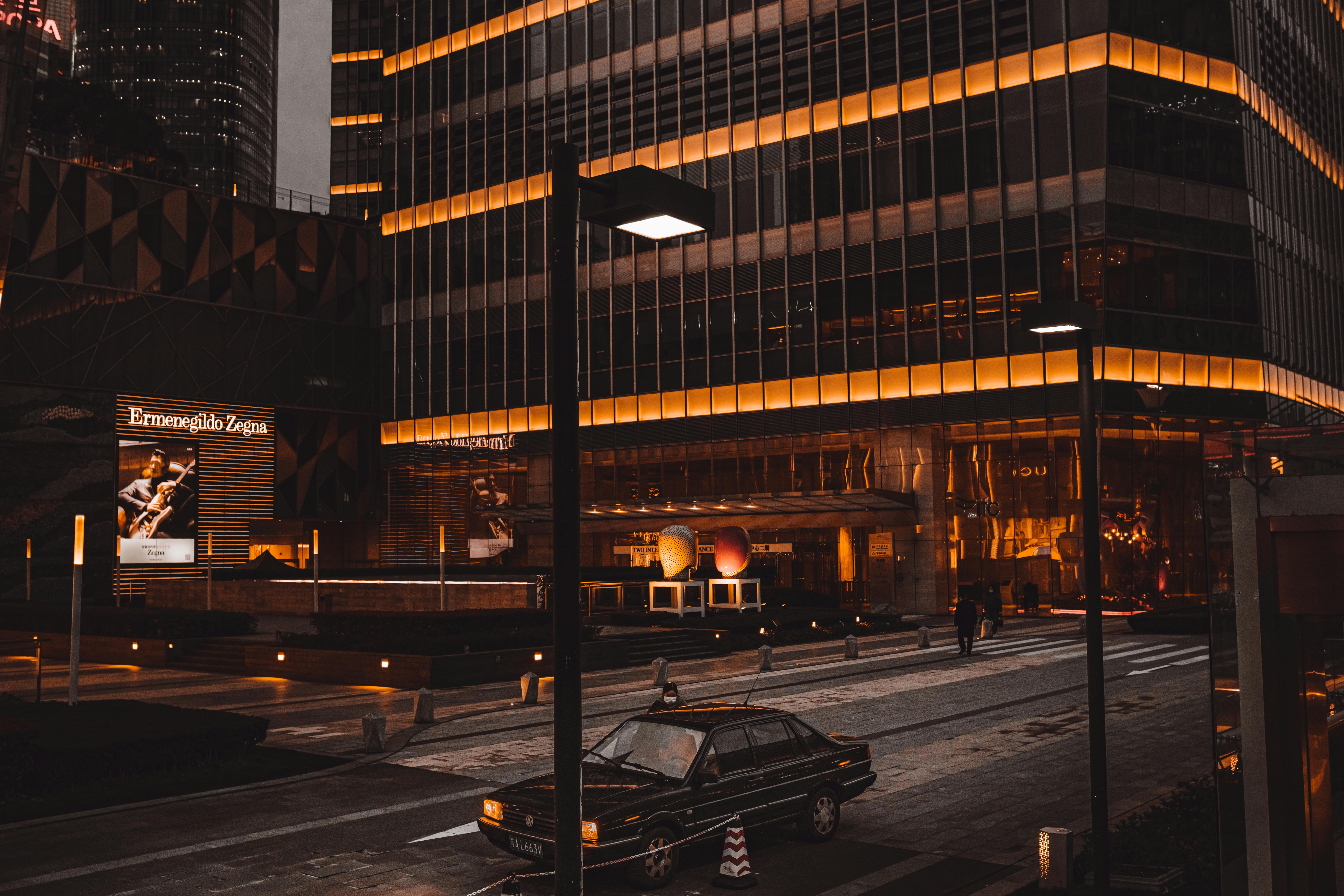
Concrete rot or concrete cancer
If you want a job for life, it could be painting the Sydney Harbor Bridge; once you’re done, you’ll probably have to start at the other end again. The paint goes on to prevent the steel from corroding, and the corrosion of the steel is what causes concrete rot, also known as concrete cancer or spalling.
How does concrete ‘burp’?
Concrete is used in most commercial and residential buildings in a variety of applications, such as slabs, stairs, posts and columns, support beams, balconies and terraces, walls, pathways, and swimming pools. Large volumes of concrete are involved in structures such as bridges, piers, and high-rise towers. Concrete is usually reinforced with steel bars or mesh and in larger developments significant amounts of steel are required for strength.
The enemies of reinforced concrete are water and air. If these elements gain access to steel encased in concrete, it can corrode: the steel expands as it breaks down and fractures the surrounding concrete. As the concrete cracks and crumbles, there is an even greater opportunity for water and air to come into contact with the reinforcing steel and the process intensifies. There are obvious safety issues as the structural integrity of the concrete is reduced.
How to Identify Concrete Rot
It may be passing unseen within the concrete, but as it continues it becomes more apparent. You may notice rust marks running through the concrete, or the concrete may flake, crack, or crumble. In extreme cases, large sections of the concrete will collapse, exposing rusty reinforcing steel. Remedial treatment may involve substantial and costly corrective measures.
A professional building inspection can identify the problem or warn of possible future problems. It may be water pooled somewhere, small cracks in the concrete, or reinforcement too close to the concrete surface. Sure, it’s better to be safe than sorry with concrete rot: it can simply be a matter of improving drainage, painting a surface, or sealing cracks with some kind of mortar or epoxy filler. If you have any concerns about concrete rot, it’s worth getting expert advice.
I like to be by the sea
Well yes, most of us do, but this is where concrete rot can be even more prevalent as chlorides in the moist, salty air react more aggressively with the reinforcing steel. Concrete rot is an ever-present problem in locations near the sea and homeowners need to be constantly on the lookout for any signs of deterioration and ensure protective measures are maintained.
The same can be said for chlorides associated with chlorine in swimming pools or saltwater pools.
Also, there is often moisture near the ground surface in beachfront blocks and water can soak into the structure. Large buildings with basements or underground car parks can experience the same problem with groundwater seepage.
In short, concrete rot is a common problem. It can cause significant structural damage that can be difficult and expensive to repair. It is not always easy to detect, can have serious safety implications, and can be avoided with expert advice and the use of the correct materials and construction guidelines.